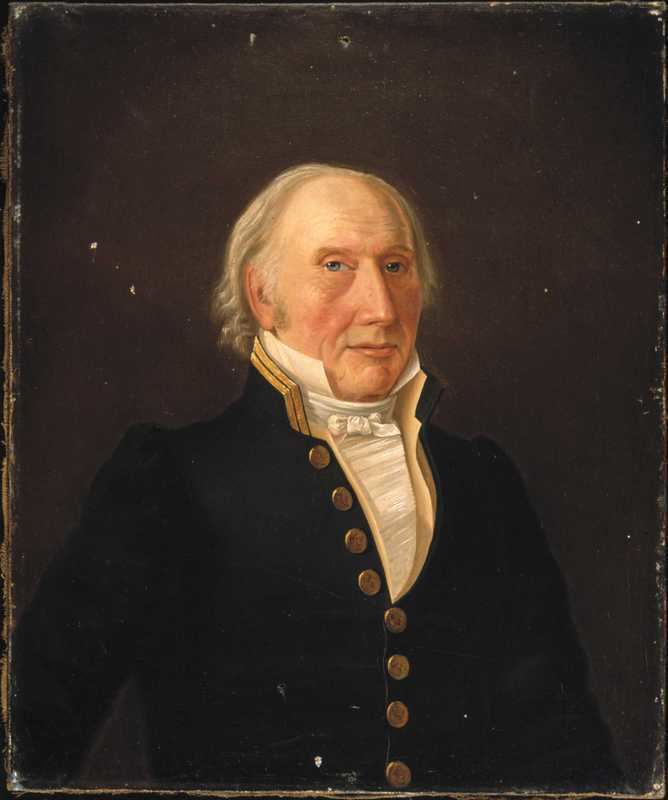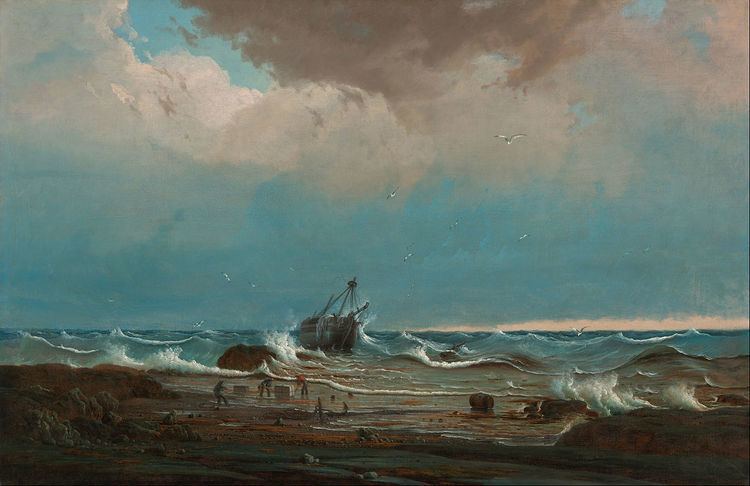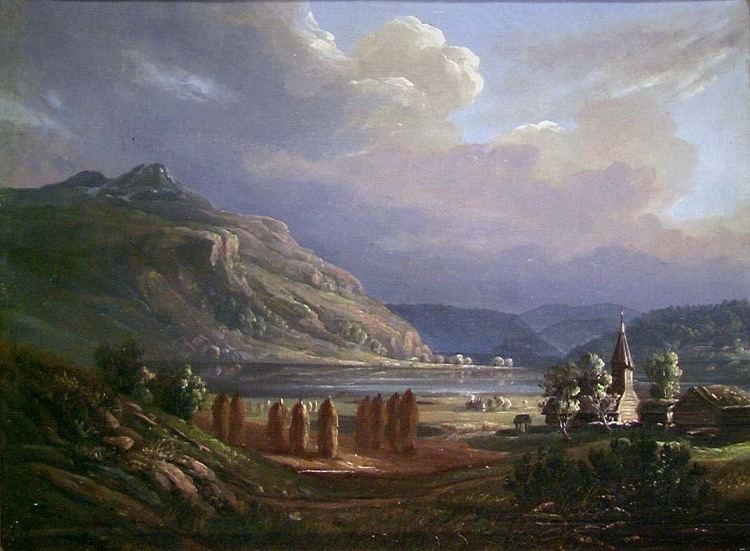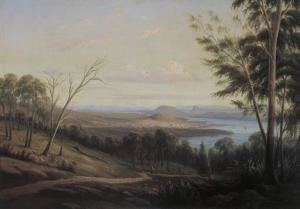Name Knud Bull | Died December 23, 1889 | |
 | ||
Knud Geelmuyden Bull (10 September 1811 – 23 December 1889) was a Norwegian painter and counterfeiter. He was convicted for delivering equipment for printing false bank notes, and was deported from Great Britain to Australia in 1846. Bull is regarded as a significant pioneer in Australian landscape painting, and is represented in the major Australian art museums.
Contents

Early and personal life

Bull was born in Bergen, a son of pharmacist Johan Storm Bull and his wife Anna Dorothea Borse Geelmuyden. He was a brother of violinist Ole Bull and architect Georg Andreas Bull. He was an uncle of Edvard Hagerup Bull, Schak Bull and Henrik Bull, a granduncle of Sverre Hagerup Bull and a second cousin of Johan Randulf Bull and Anders Sandøe Ørsted Bull. He studied painting with J. C. Dahl in Dresden from 1833 to 1834

He married Mary Ann Bryen in Hobart, Tasmania, in 1852. He died in December 1889 in Sydney, Australia. He had five sons who all became painters, except one who died as a 2-year old.
Deportation to Australia

While visiting Great Britain in 1845, Bull was caught for having prepared equipment for printing of false bank notes. In a trial at the Central Criminal Court in London in December 1845 he was sentenced to fourteen years deportation to Australia. He left Great Britain in May 1846, with the prison ship John Calvin. He was given opportunity to paint during the journey, and among his products were the paintings The Wreck of the Waterloo at Cape Town in 1842 and Aboard the John Calvin in the N.E. Trades near Madeira. He came to Norfolk Island in September 1846, and was transferred to the penal colony Saltwater River, Tasmania in 1847. He spent several years in Hobart from 1849, and was finally released from custody in 1853.
Painting career in Australia
There were few painters in Australia at the time, and Bull was the only professional landscape painter in Hobart. In the 1850s he was a teacher at the William Slade Smith Academy, and also painted local landscapes, and is noted for his scenes of early colonial Hobart. Bull is regarded as a pioneer in Australian landscape painting, and is represented in several major galleries in Australia. Among his paintings is Entrance to the River Derwent from the Springs, Mount Wellington from 1856. Bull also created historical paintings, such as The Wreck of the George III (1850).
